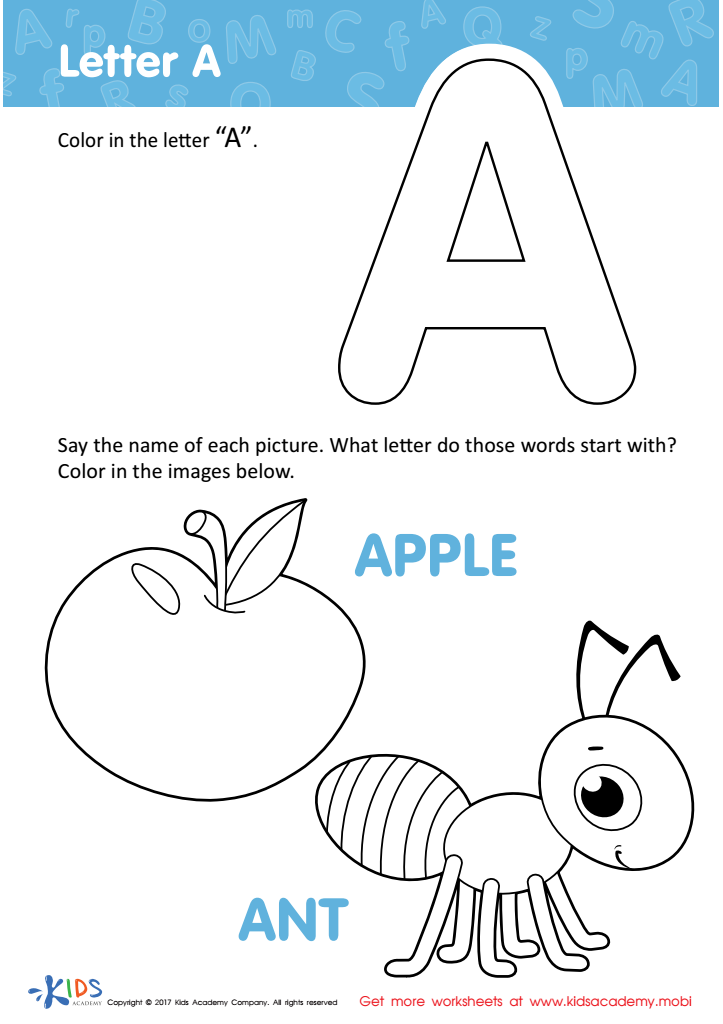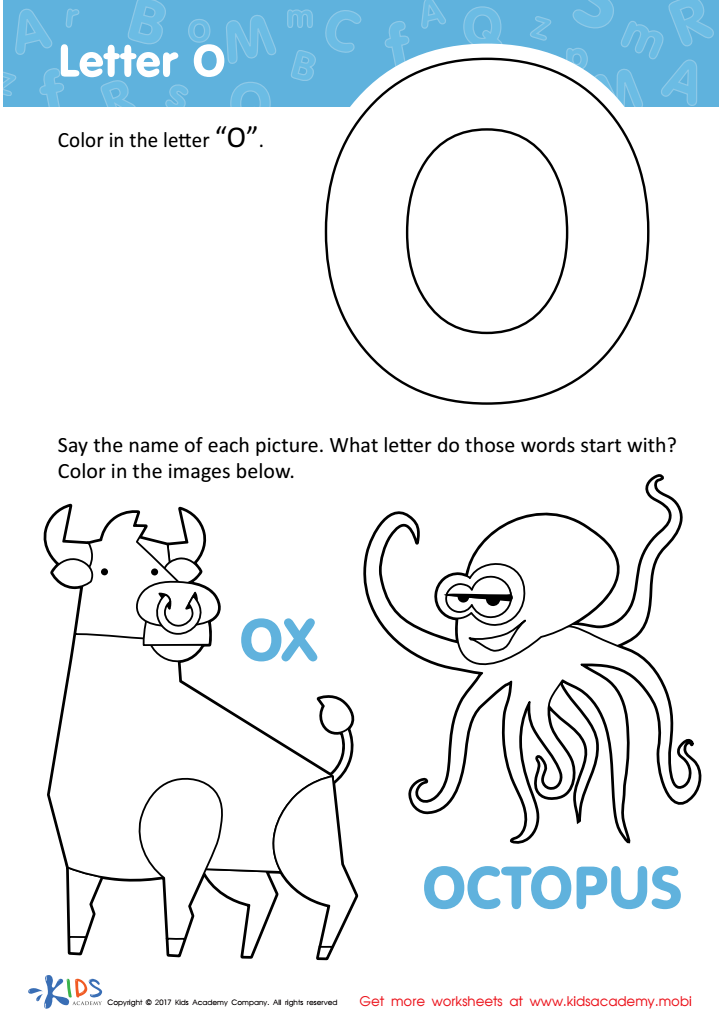Letter Tracing Normal Letter Recognition Worksheets for Ages 6-8
4 filtered results
-
From - To
Discover our engaging and educational Letter Tracing Normal Letter Recognition Worksheets designed specifically for children ages 6-8. These interactive worksheets provide a fun and effective way for young learners to build essential reading and writing skills. By tracing and recognizing both uppercase and lowercase letters, kids will enhance their fine motor skills and boost their confidence in letter formation. Each worksheet is thoughtfully crafted to offer a balanced blend of learning and creativity, ensuring that children stay motivated. Perfect for home or classroom use, our printable resources are an excellent way to support early literacy development while keeping learning enjoyable!


Letter A Coloring Sheet


Letter D Coloring Sheet


Letter O Coloring Sheet


Letter H Coloring Sheet
Letter tracing and letter recognition for children aged 6-8 are fundamental components of early literacy development. During these crucial years, children are transitioning from pre-reading skills to reading fluency. When parents and teachers emphasize letter tracing, they support the development of fine motor skills, hand-eye coordination, and cognitive recognition of letters. Tracing letters helps children internalize the shapes of the letters, which aids in their ability to recall and write them independently.
Moreover, recognizing letters is essential for reading and writing. As children learn to associate letters with sounds, they build a foundation for phonics and word formation. This integration not only strengthens their literacy skills but also boosts their confidence as they progress through their education. Parents and teachers who engage children in activities involving letter tracing and recognition create opportunities for meaningful interactions around reading and writing. Fostering an enjoyable learning environment can ignite a lifelong love for reading and learning.
Additionally, these early skills are predictive of later academic success. By investing time and resources into letter tracing and recognition, parents and teachers play a crucial role in shaping proficient readers and writers, ultimately preparing children for future educational challenges.

 Assign to My Students
Assign to My Students




















